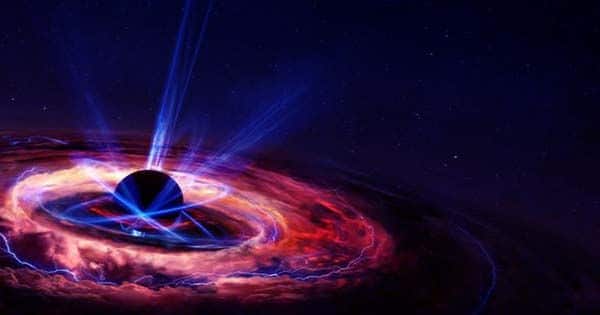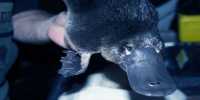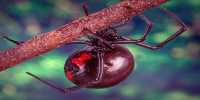An area of space broadcasting on FM radio frequencies looks like a jellyfish – but that’s not what astronomers really wonder. The most notable feature of the discovery is its invisibility at high frequencies. The radiation shuts off a thousand times faster than its closest parts. Most studies have been conducted at a frequency of about 1.4 GHz – devices capable of entering the low frequency range were generally not very sensitive.
Recent construction constructions that take on lower frequencies are opening our eyes to aspects of the universe that had no idea, some truly wonderful scale. Hodgson said in a statement, the latest example of this was found while studying Galaxy Cluster Abel 2877 studying77 with Curtis University PhD student Torrance Hudson Murchison Widefield Array (MWA).”

Yet above 200 MHz, there was nothing to see. The object is dubbed USS Jellyfish (for Ultra Steep Spectrum). The big difference in the power of radiation than small frequency changes is a sign of artificial sources, one of the things in Extra-Terrestrial Intelligence (STI) to search for extra. But it was clearly nothing like last year’s Proxima Centauri signal.
The jellyfish spans about 1.2 million light-years – more than half the distance from the Milky Way to the Andromeda Galaxy. This is certainly not an intergalactic billboard ad that is a candied jellyfish. Instead, Hodgson and Johnston-Holt argued in the Astrophysical Journal that astronomers called it the “phoenix,” although it was unusual. Phoenixes occur when supermassive black holes spit out heavily charged particles. Initially, their decay reveals radioactivity that fades as it cools. Something then stimulates the intracluster medium, re-accelerating the electrons and irradiating them again.
The phoenix we are familiar with was caused by a dramatic event, such as a collision between two very large superclusters, including a shock-wave of nearby gas.
The source of the black hole is near the “bell” of the jellyfish, the “tents” leaning towards the center of the cluster with the cause of the morphology remains a mystery, and Johnston- Hollitt said, “If we could see any other, it might have a different shape.” MWA is the forerunner of the huge Square Kilometer Array (SKA) telescope to be built in the near future. Johnston-Holt believes SKA will reveal many more USS issues. Furthermore, with the help of 10-15 times the resolution of MWA it allows us to know much more about its causes.















